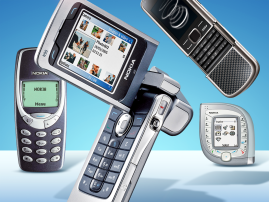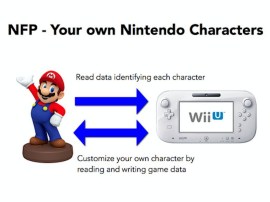High tech hot air: 10 technologies that failed to set the world on fire
The 'world-changing' products that roundly failed to change the world

The world of tech can get a little overheated sometimes.
Manufacturers try to persuade us that they’ve made paradigm-shifting, world-changing, life-enhancing boxes of sheer awesomeness, but more often than not the products are nothing of the sort – and woe betide the early adopters who pay top dollar for them. Tech is littered with devices that promised amazing things and simply didn’t deliver. Here are some of our favourite fails.
3D TV
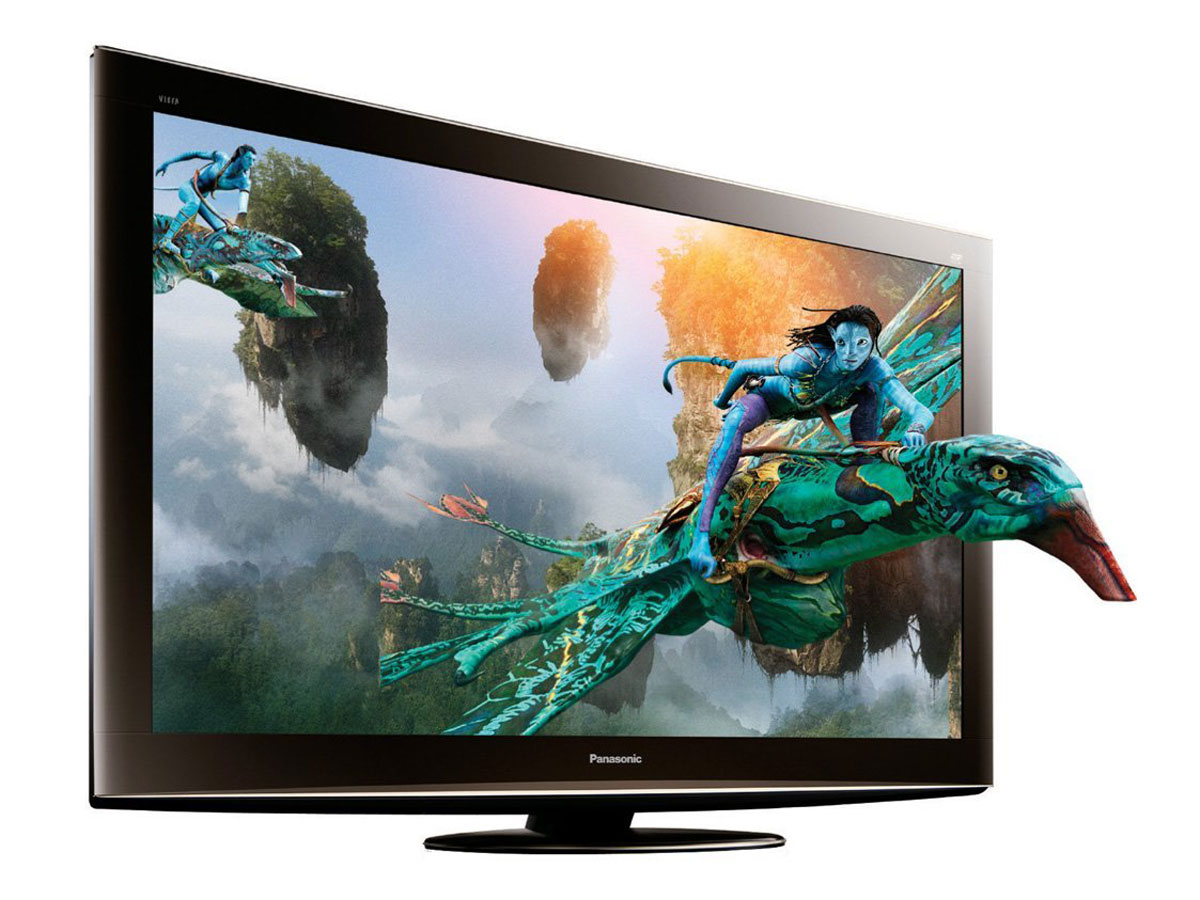
Having persuaded everyone to buy HDTVs, the electronics industry didn’t want us to wait the usual nine or ten years before upgrading again. Their solution? 3D. Our response? Mainly “meh”: most 3D-capable TVs are watched in 2D. 3D is very clever, but the lack of decent content and the mandatory glasses put many people off. The electronics industry is now turning its attention to 4K and really hoping we’ll like that instead.
Microsoft Kinect
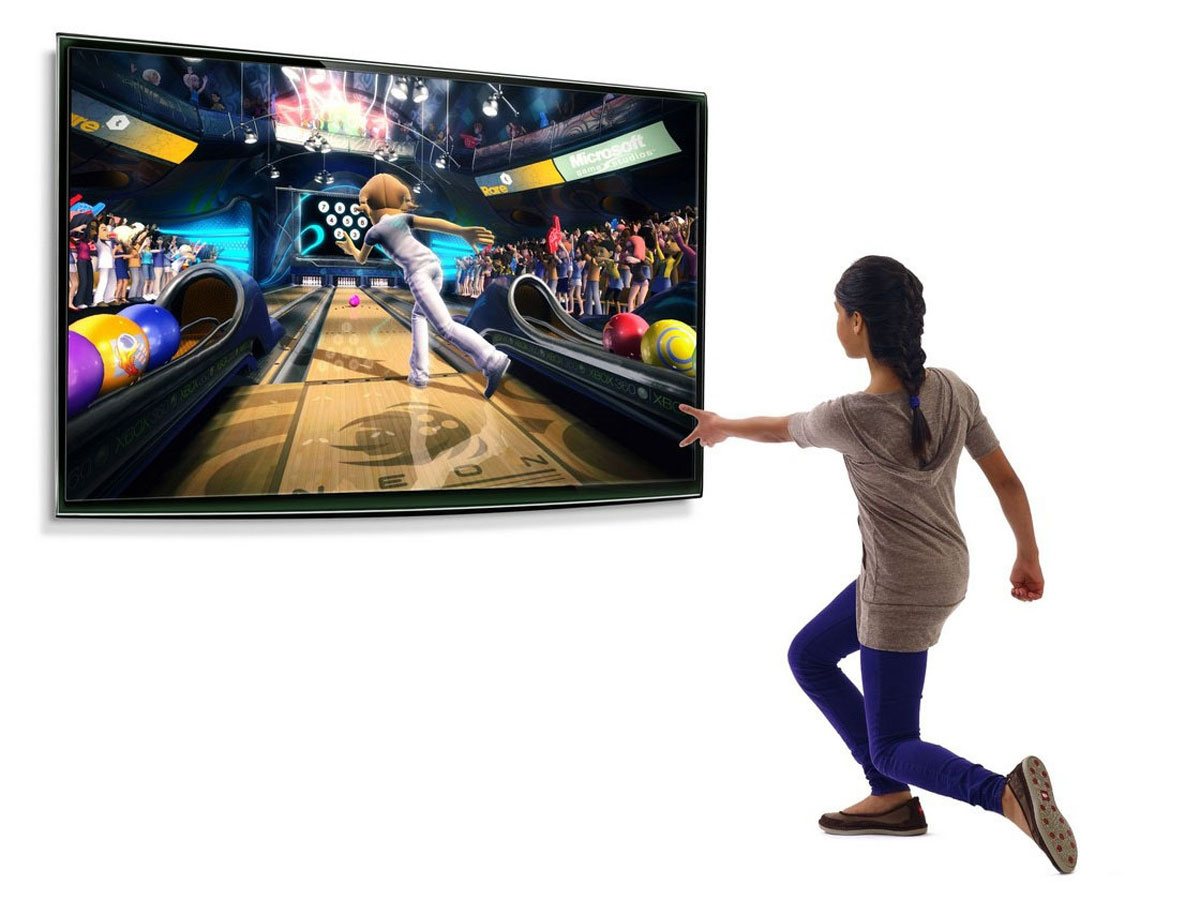
In 2009, Microsoft announced Project Natal: “we are removing the last barrier to gaming – the controller”. It was proper sci-fi stuff offering voice recognition, body sensing and real immersion. Pity the reality didn’t match up: Natal became Kinect, the box on our TV that ignores our commands, won’t let us select on-screen buttons and boots us out of games whenever the dog wanders past.
When Leap Motion promised Kinect-style gesture control for fingertip control of our computers we got excited all over again, but so far, we’re still on the keyboard and mouse. Motion tech will improve – here’s hoping the Xbox One’s version of Kinect delivers on its promises – but it’s not there yet.
Nintendo Wii U
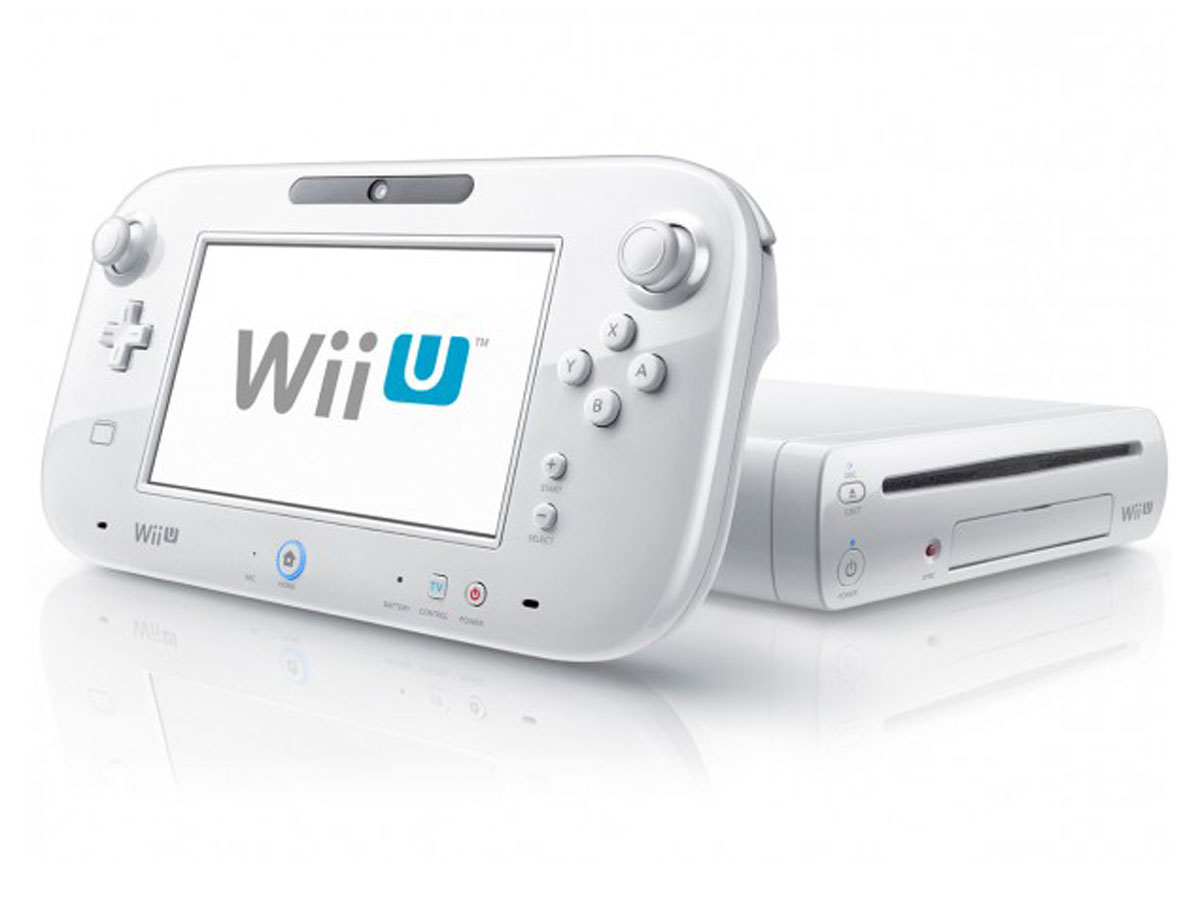
Nintendo’s latest console was certainly different – its controller has a great big screen in the middle – but as our Tom Parsons reported, it wasn’t for everyone: the launch titles were geared towards local multiplayer, not solo play, it was quite expensive, and the Xbox One and PS4 were looming on the horizon. Our advice was to hang on, and most people did: sales have been terrible, and that’s before the next-gen consoles hit the shops. It looks like that U stands for “unwanted”.
WAP
“Surf the BT Cellnet”, the advertisements urged, showing a sci-fi Silver Surfer whooshing around the internet’s tubes. The ads were for WAP, a precursor to today’s mobile browsing, and it was absolutely awful. Do you remember Teletext? Imagine that in black and white, running at a fraction of the speed, on a screen so small you could only see a few words at a time. Even WAP’s inventors admitted that it was crap. Still, there was always 3G to look forward to…
3G
The UK’s first 3G mobile phone network went live in March 2003, promising effortless videoconferencing and high quality live streaming of football matches. Ten years on and we’d be happy with a decent data connection in city centres and phone calls that didn’t get dropped forty-two times in the space of three minutes. We weren’t the only ones taken in by 3G’s promises. The networks were too, spending so much on their radio licenses that they faced financial ruin. Still, there’s always 4G to look forward to…
Microsoft Surface RT
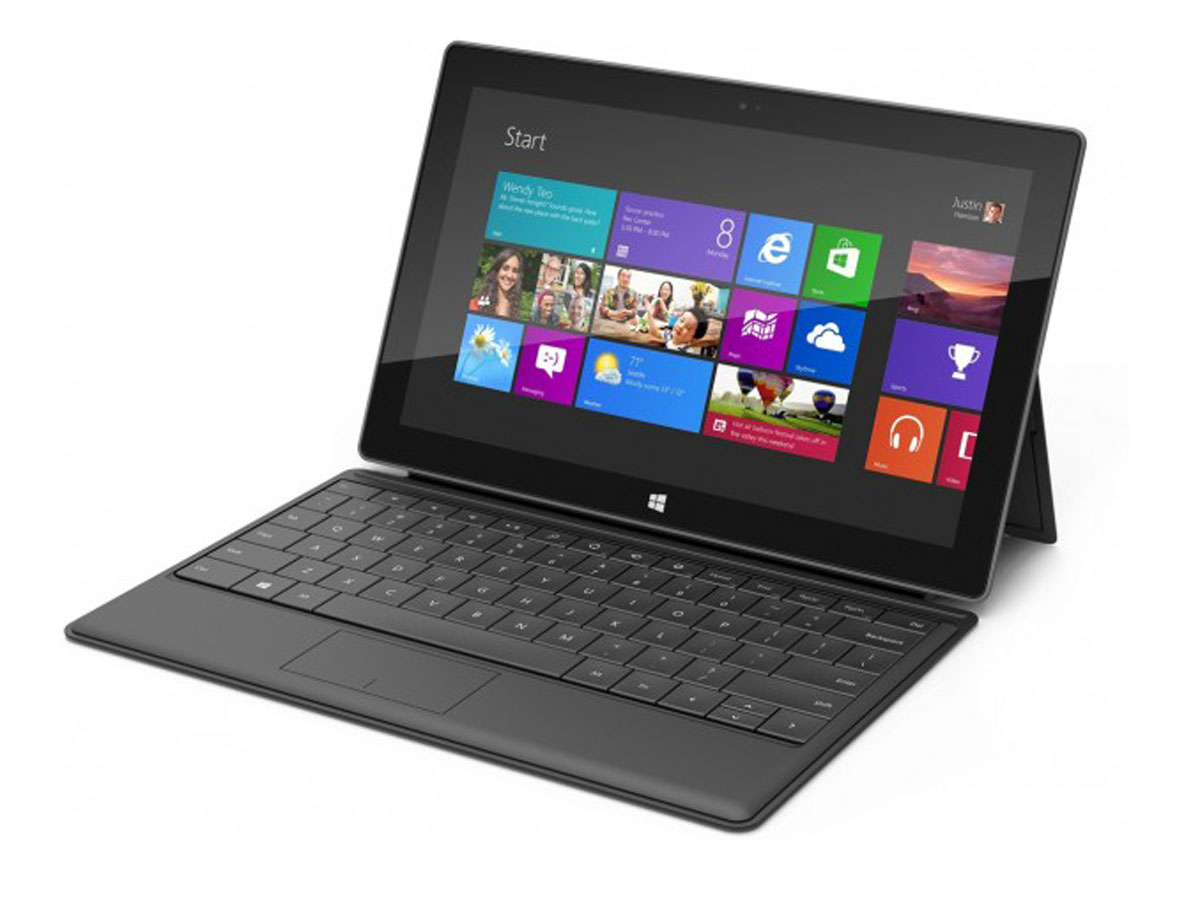
Microsoft did almost everything right with the Surface RT. It teased and hinted for months, building anticipation. It held marketing events that revealed just enough, but not too much. It designed a beautiful piece of hardware. It just forgot to give it a sensible price and a good operating system with lots of apps. Surface RT has lost Microsoft a fortune – $900m in the last financial quarter alone – but it’s staying in the tablet business. Here’s hoping version 2 is a lot better.
Voice recognition
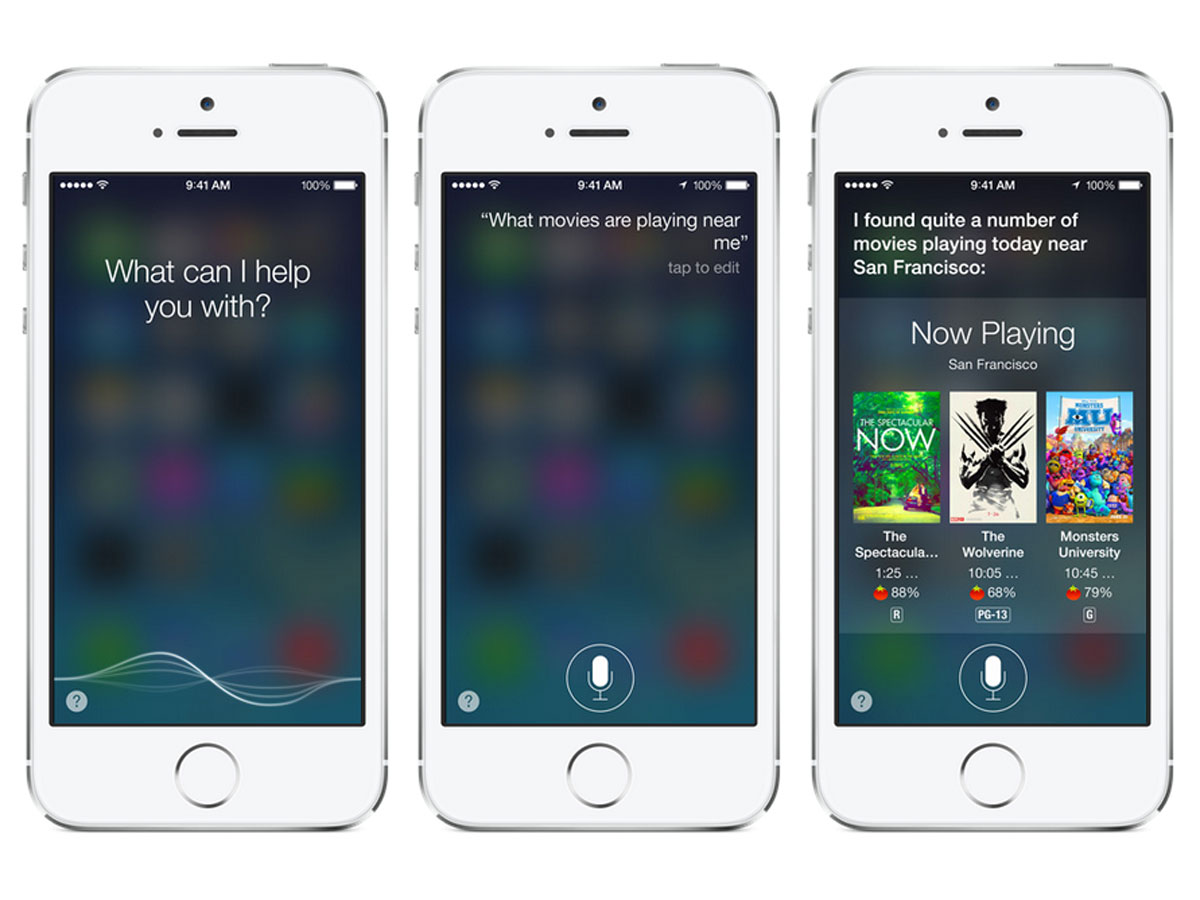
“Send Dave a message: I’ll be there at two. I have big news.” “Okay, here’s your message: Dave, screw you! Your wife is a goose!” It’s much better than it used to be – if you compare recent Android or Apple phones’ voice recognition with the PC-based dictation systems of the 1990s the difference is dramatic – but it’s still not quite as good as we hoped.
Google TV
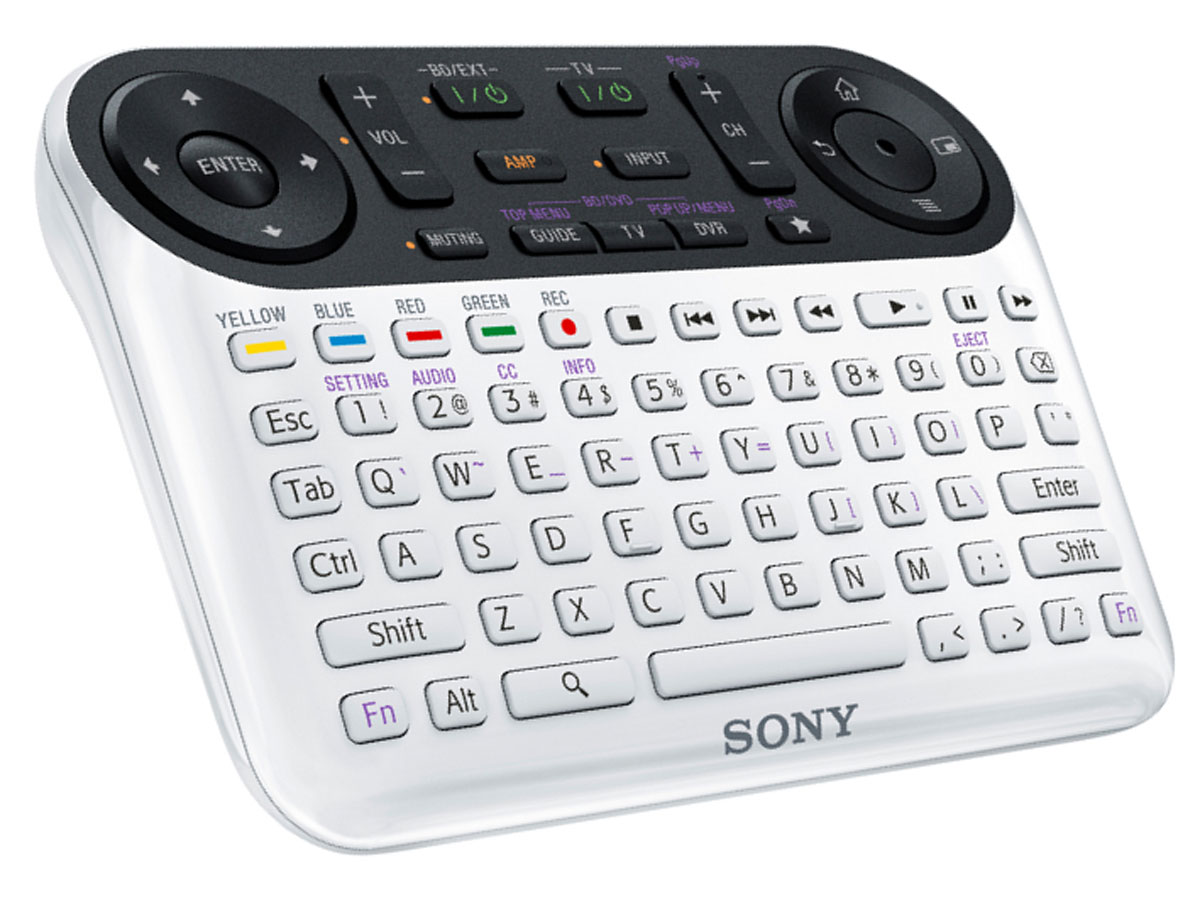
In 2010, Google asked a question: “what if we helped people experience the best of TV and the best of the web in one seamless experience?” It’s a very good question, but the first generation of Google TV wasn’t the answer. Everything that was wrong with Google TV was summed up in one bit of kit, the remote control Sony seriously thought people would want to use (pictured): we’ve seen spaceships with fewer controls. Google’s refined the idea since and the new Chromecast is rather nifty, but the first generation of Google TV was a flop.
Internet fridges
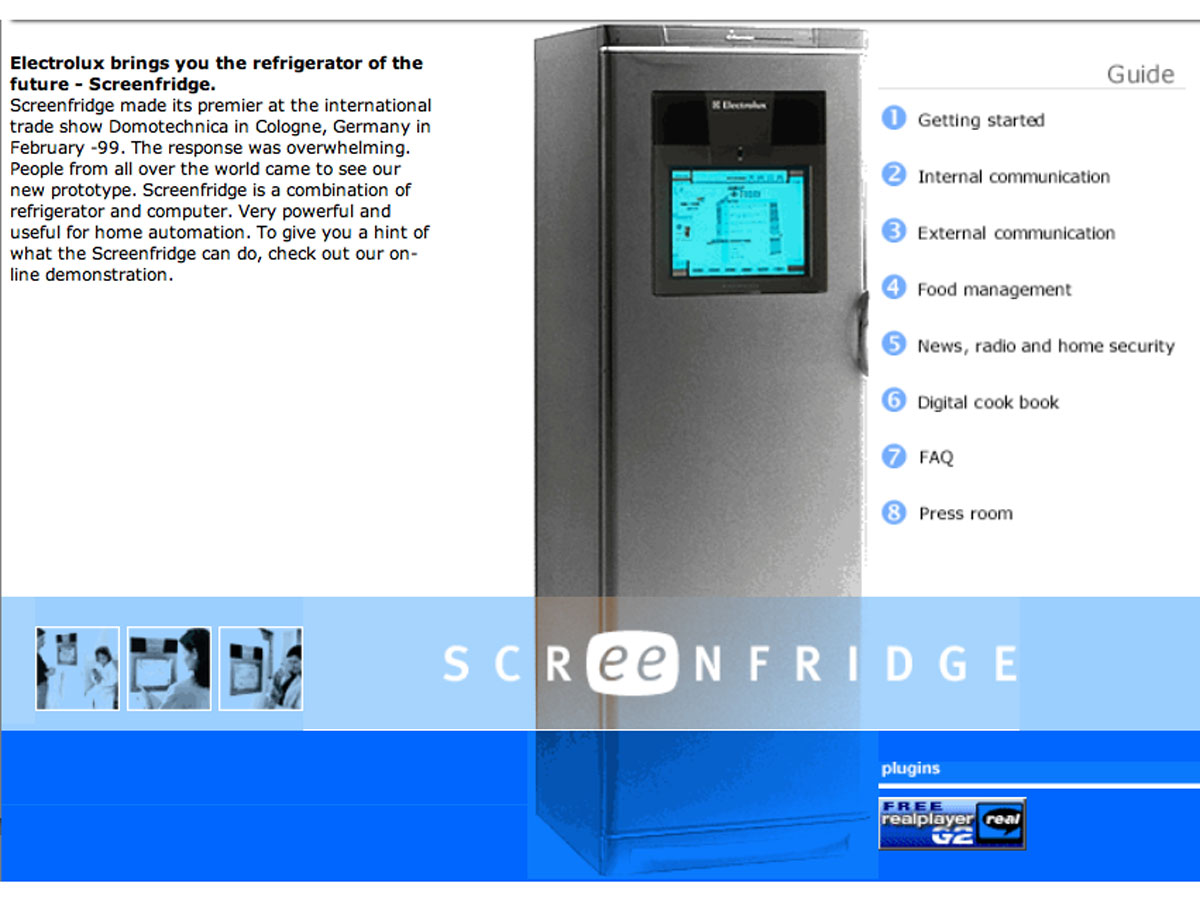
We’ve been hearing about internet fridges since the late 1990s, when Frigidaire announced a fridge with an internet connection and a barcode reader to scan your shopping and Electrolux hyped the Screenfridge. We’ve seen new internet fridges at pretty much every consumer electronics show ever since. There’s just one problem: internet fridges are a terrible idea that doesn’t make any sense. As humorist Dave Barry put it in 2005: “I frankly wonder whether the appliance manufacturers, with all due respect, have been smoking crack.”
Segway

If you think there’s a lot of marketing bollocks around an iPhone launch, you should have seen the stuff around the Segway: the then-secret device known as “it” and “ginger” would “be to the car what the car was to the horse and buggy”. Cities would be built around it. Transport would be revolutionised. Humanity would be transformed. We were all very excited… until we discovered that “it” was a scooter. A clever scooter, yes, but still a scooter. Segway’s chief executive died when he drove one off a cliff.

